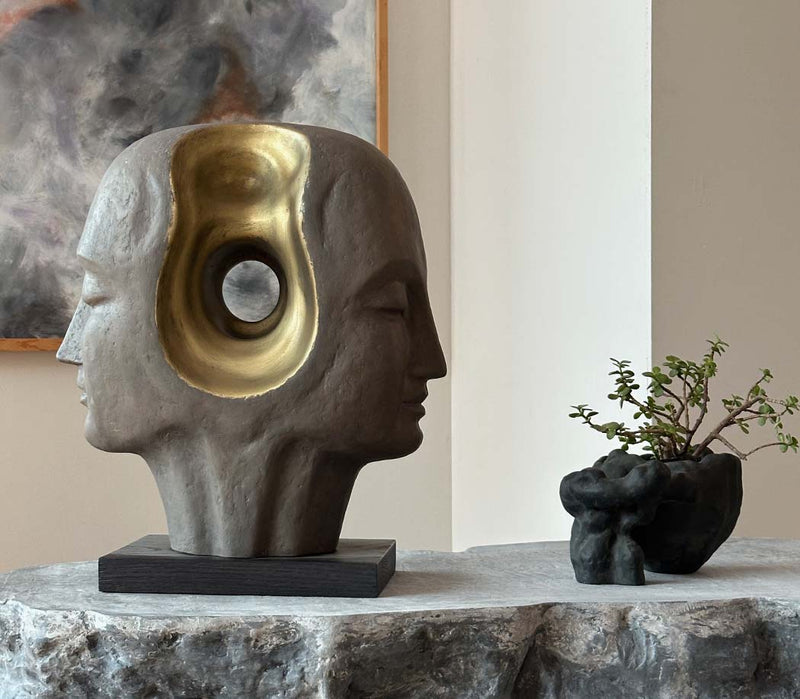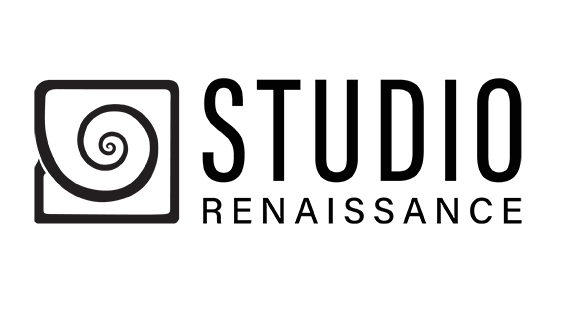Humans have found various ways to express themselves abstractly through many forms of art. Be it music, painting, sculpting, writing, etc—they’re all ways we mortals have immortalized our beliefs, culture, and preservation of our individuality.
Art has left an indelible print on our existence. We remember through art, we live our experiences through art, we see, we feel, we breathe through art. Art is not just a mere practice, it is a still form of life—it is as alive as we are.
But in this upcoming era that is fueled by technological eurekas, we have lost our sight of life as the use of AI in art increases day by day, it begins to encroach upon the sacred realm of art, attempting to replicate what is meant to be felt, not fabricated.
The Rise of AI Art and the Fall of Human Credit
Recently, the pages of social media were filled with Ghibli art replication. Ghibli art—the legacy of Hayao Miyazaki, the originality of the Ghibli Studios faced the AI violation, as many people started feeding their photos to AI and asked it to recreate them as Ghibli art. This case sparked debates on the rise of AI in art field.
“Insult to life itself” is how Hayao Miyazaki spoke against the misuse of AI in art.
Not just in visual art, but also in writing, AI has made sure that human credits take a great fall. As helpful as a tool AI can be, its misuse has caused writers to suffer as well. As the use of AI increases, writers find themselves stuck in a rut as their work gets accused of AI content by the AI detection softwares.
AI is trained by the data that is on the web, it learns from it, and it seems to have caught a small grip on the writing patterns of humans. This causes the AI detection tools to accuse even the most original writers to have using AI content in their writings.
AI is also weaving its web into the art of music as well. These are not small events—they are evolutionary, and that too in the worst way possible. AI can be helpful to some extent, but this rising dependency is going to cause a technological apocalypse.
Artists are suffering from the dependency that grows on them like moss.
Artists vs Algorithms: Is There Room for Both?
We see how slowly AI’s use in art increases, but does it always have to mean bad?
No.
AI can be a plethora of tools—they can be helpful and even help artists escape from art blocks. AI doesn’t mean it is evil, but what’s wrong is the extent of dependency we have on it.
Reflecting back on the Ghibli art replication scenario, the art form was copied and misused, giving absolutely no respect or credit to the artist and his team. One practices and works with his blood, sweat, and tears to create artwork that is unique and loved by many. And suddenly, one day, people start to fabricate this artwork without any effort. This indeed is an insult to life itself.
However, AI in art can have its good uses as well, as long as it does not violate any artist's work and fabricate it as its own. It can be helpful in saving rendering time, giving a vast accessibility to various tools, help us view a wider canvas of aspirations that might be hidden in old webpages, and in some valid cases, help spark new ideas for artists with creative block.
AI in Art: A Friend Or Foe?
Depends.
If you use AI as an advanced, helpful tool, it's a friend. But the moment you get dependent on it for expressions as sacred as art, then it is a possible foe. But AI itself is innocent, it automates what we want it to.
This isn’t an anti-AI regiment; this is a gentle nudge to remind us that we humans are the heart and soul of art. We cannot be the perils of this sacred practice that has been with us since the beginning of time.
The Takeaway
AI can be our greatest innovation as well as our greatest doom. It all depends on what we wish for it to become. Do we get dependent on AI and let artistic expressions mortalize or do we use AI in art as our helpful tool that brings us closer to artistic bliss?
The choice is ours. The choice is yours.

